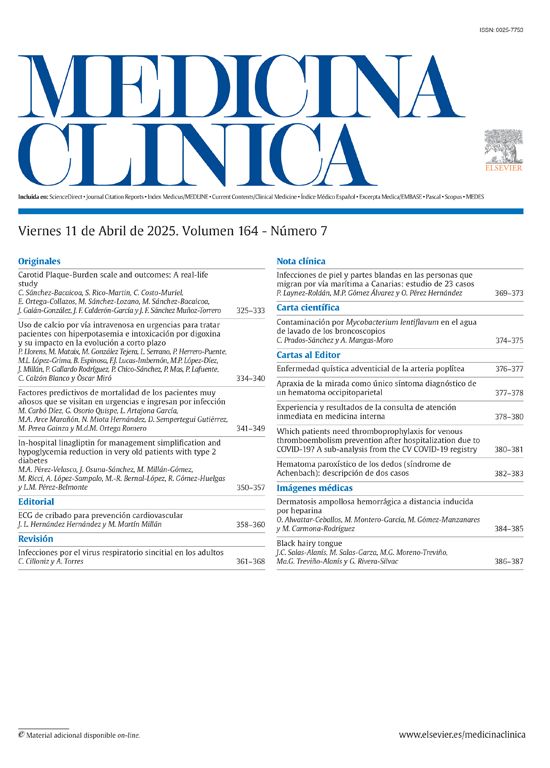Background: Several studies suggested that some vitamin D receptor (VDR) and estrogen receptor (ER) polymorphisms influence bone mass. However, others did not confirm these results. This study was undertaken to determine if the genotypes revealed by the combined analysis of VDR and ER polymorphisms are associated with clinically significant differences in peak bone mass and the risk of osteoporotic fractures.
Patients and methods: Restriction fragment length polymorphisms of VDR were determined with the enzymes BsmI, ApaI, TaqI, and FokI. Enzymes XbaI and PvuII were used as polymorphic markers of the ER. The study group comprised 149 young control women (18-34 years), 66 postmenopausal controls, 99 women with hip fracture and 76 women with osteoporotic vertebral fractures. Bone mineral density (BMD) was measured by DEXA.
Results: We did not find significant differences in lumbar spine or hip BMD among young women with different genotypes (determined with either single or multiple polymorphic markers). Likewise, there were no differences in the frequency distributions of VDR or ER alleles between control and fractured women. The study had a 77% power to detect a fracture odds ratio of 2 in case of genotypes present in at least 15% of the population.
Conclusions: These results suggest that the polymorphic markers used in this study do not have enough discriminant power to be clinically useful in the assessment of fracture risk.






